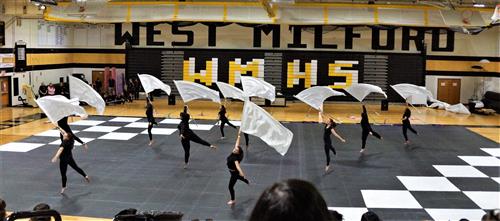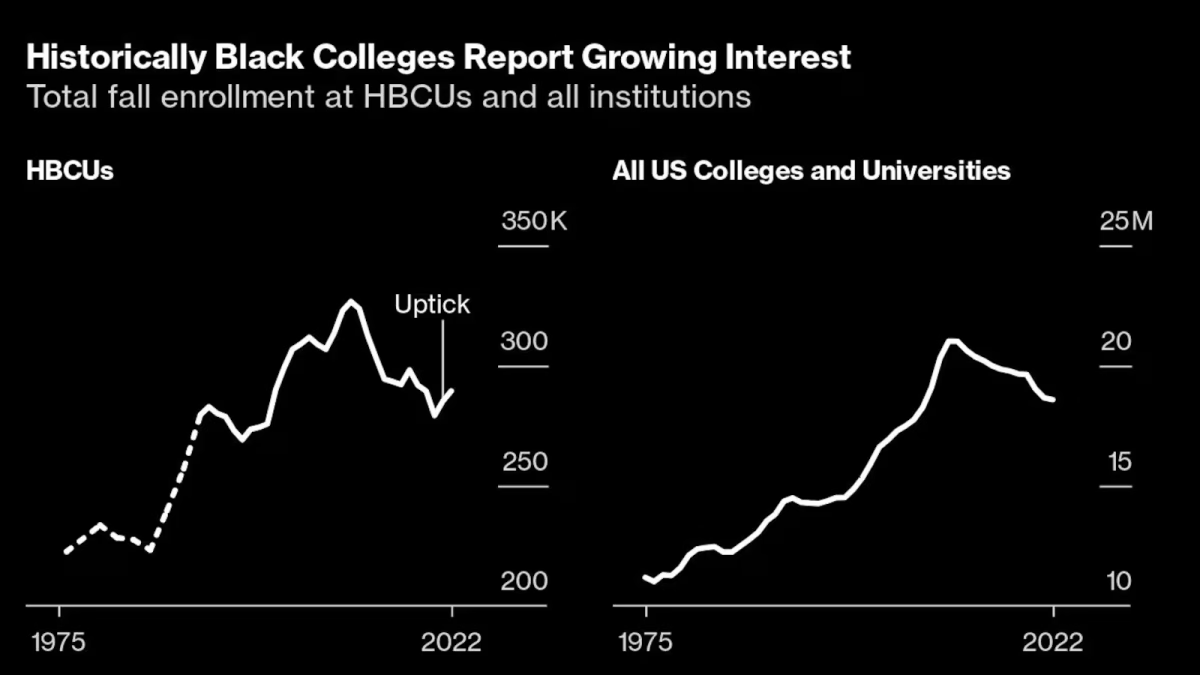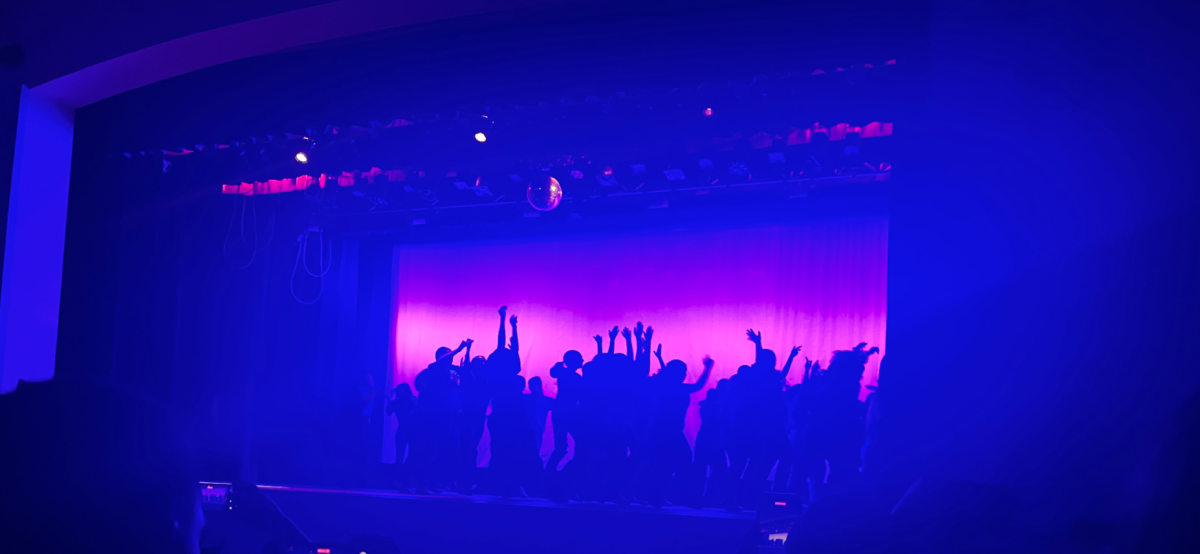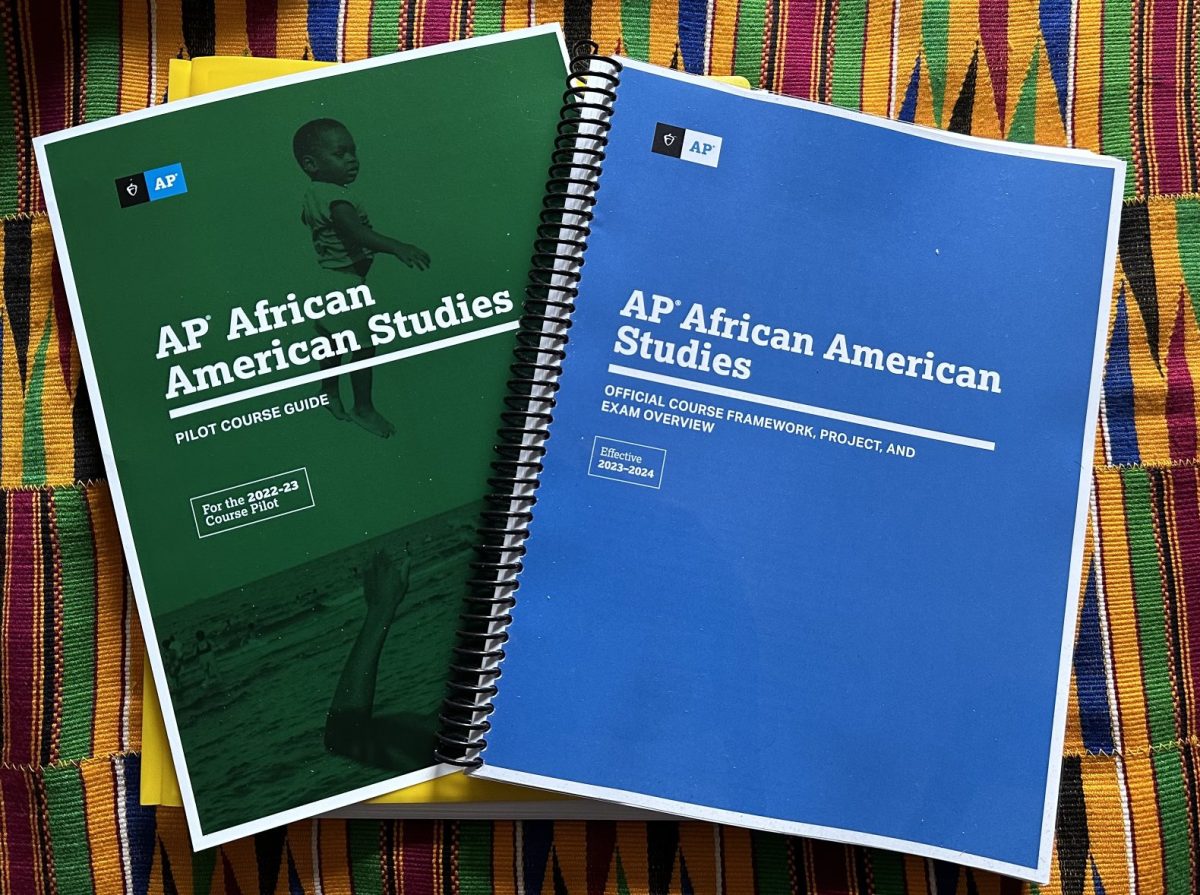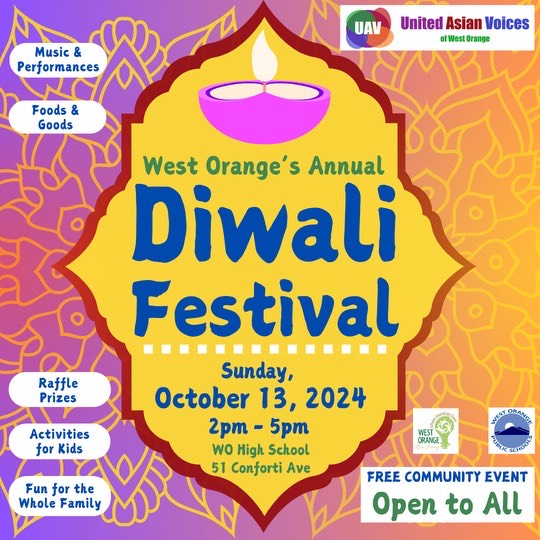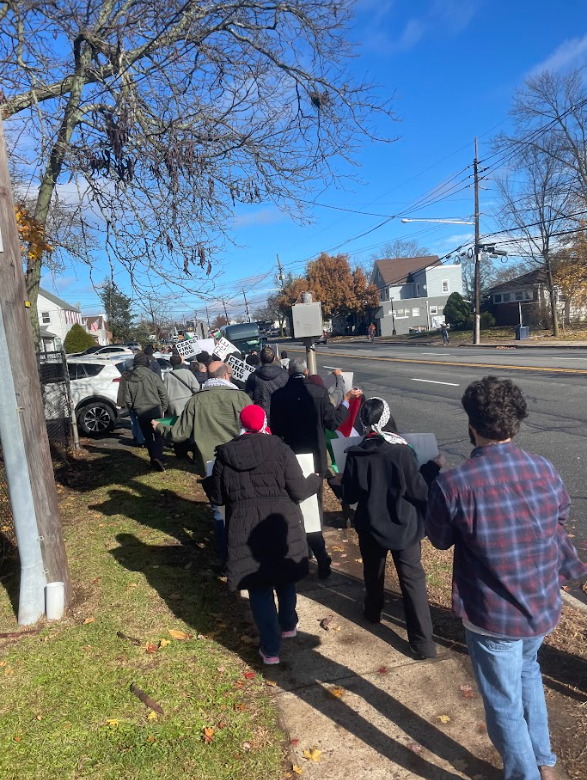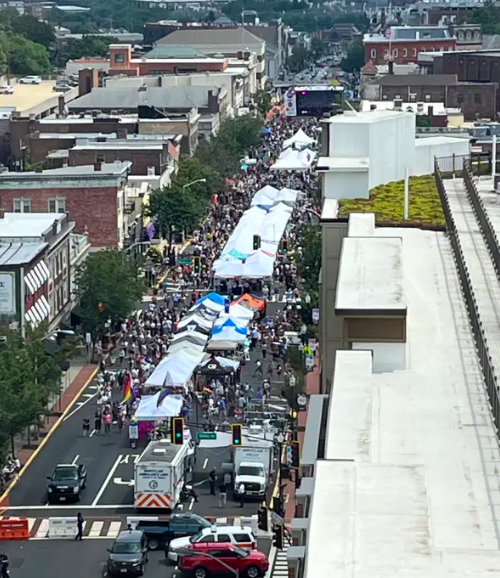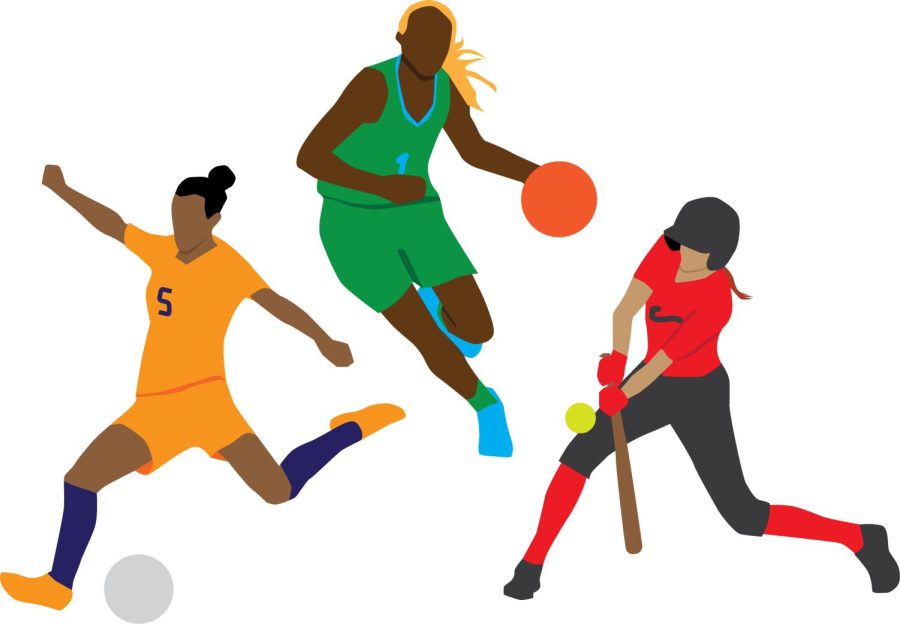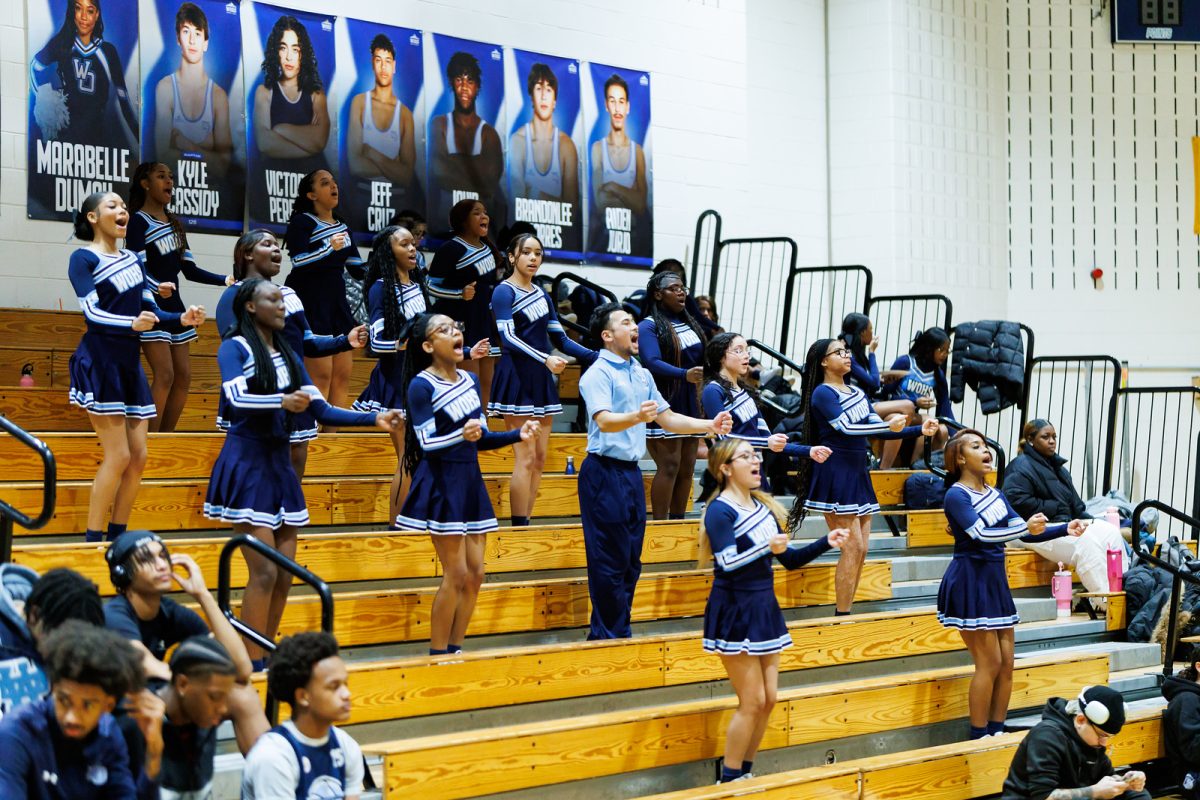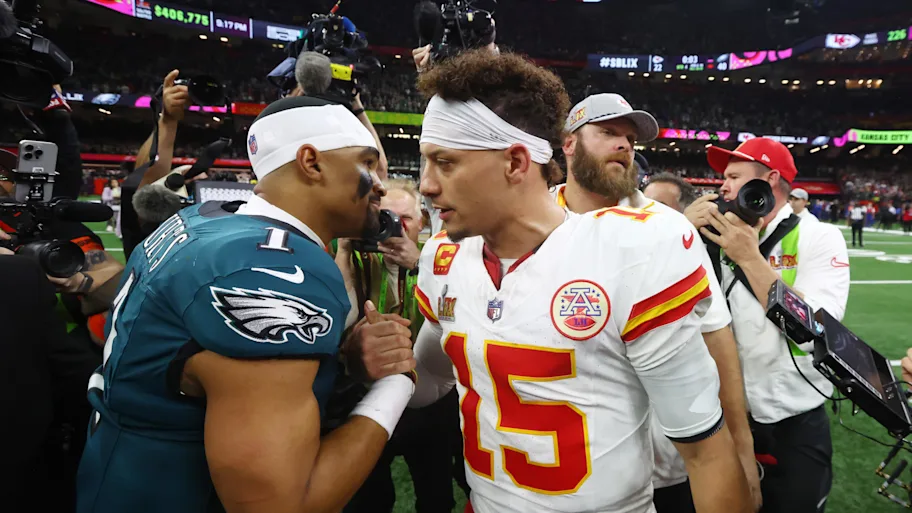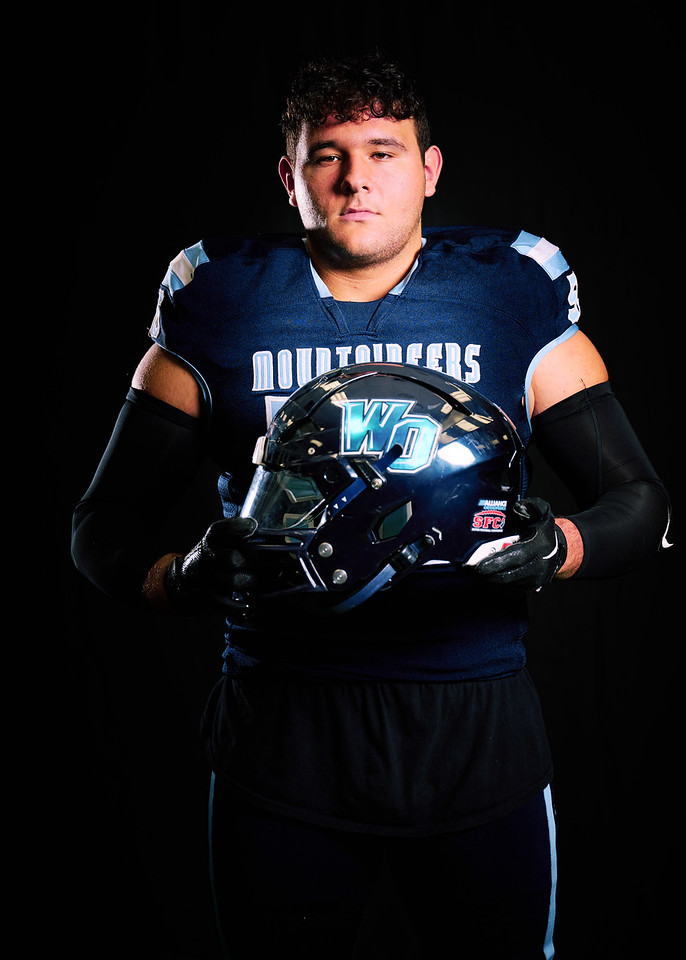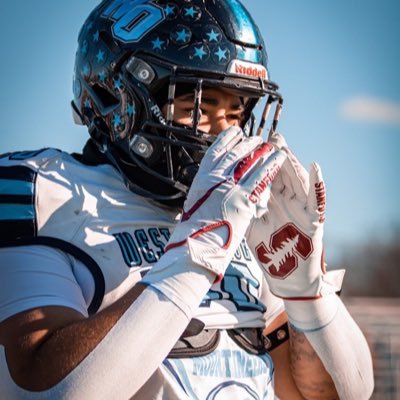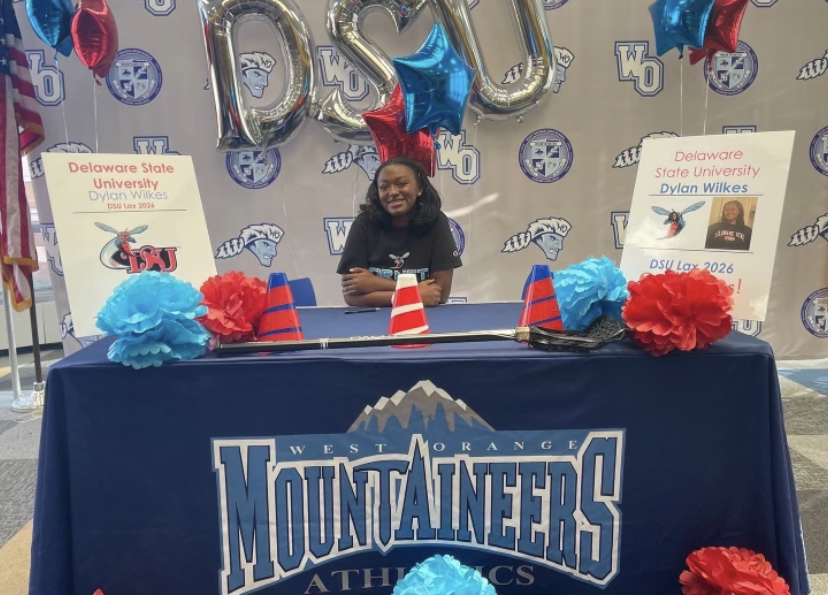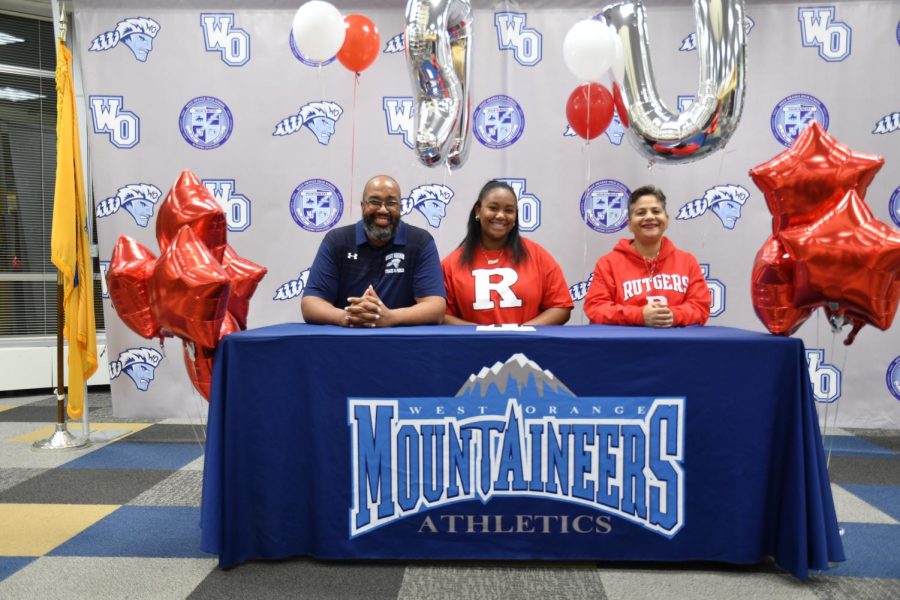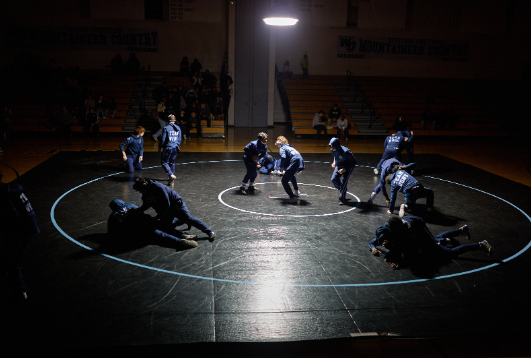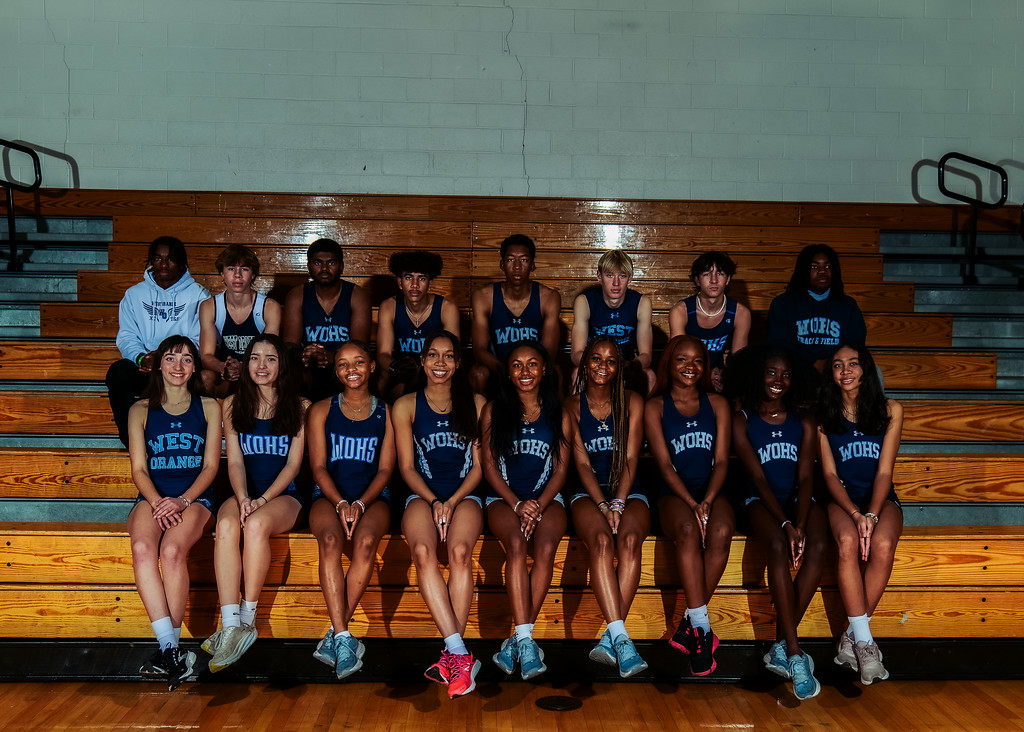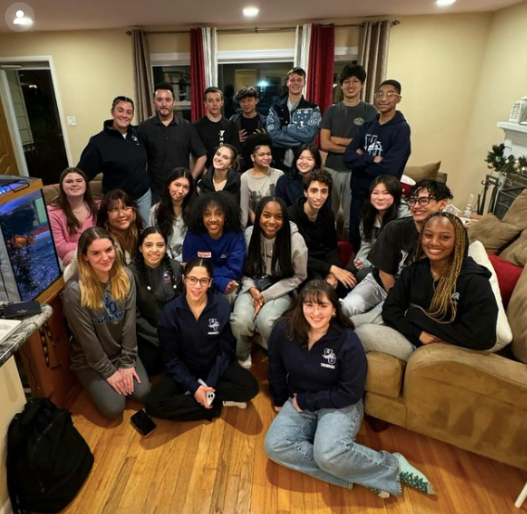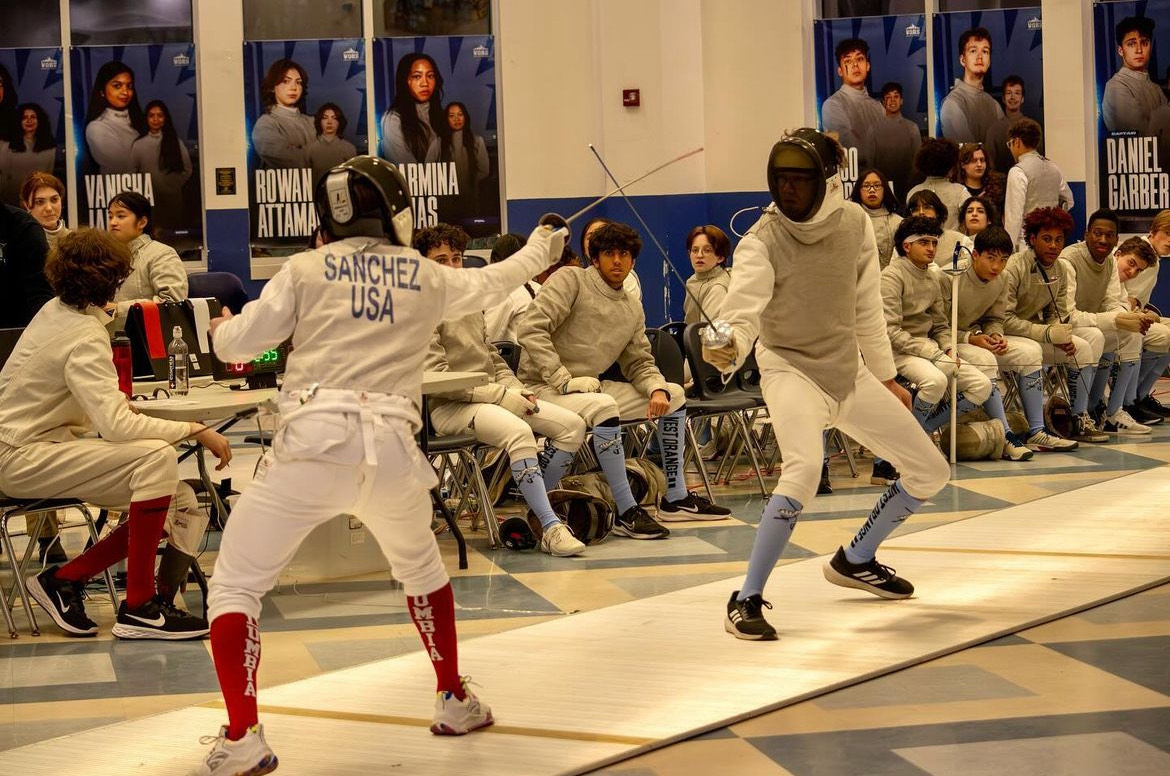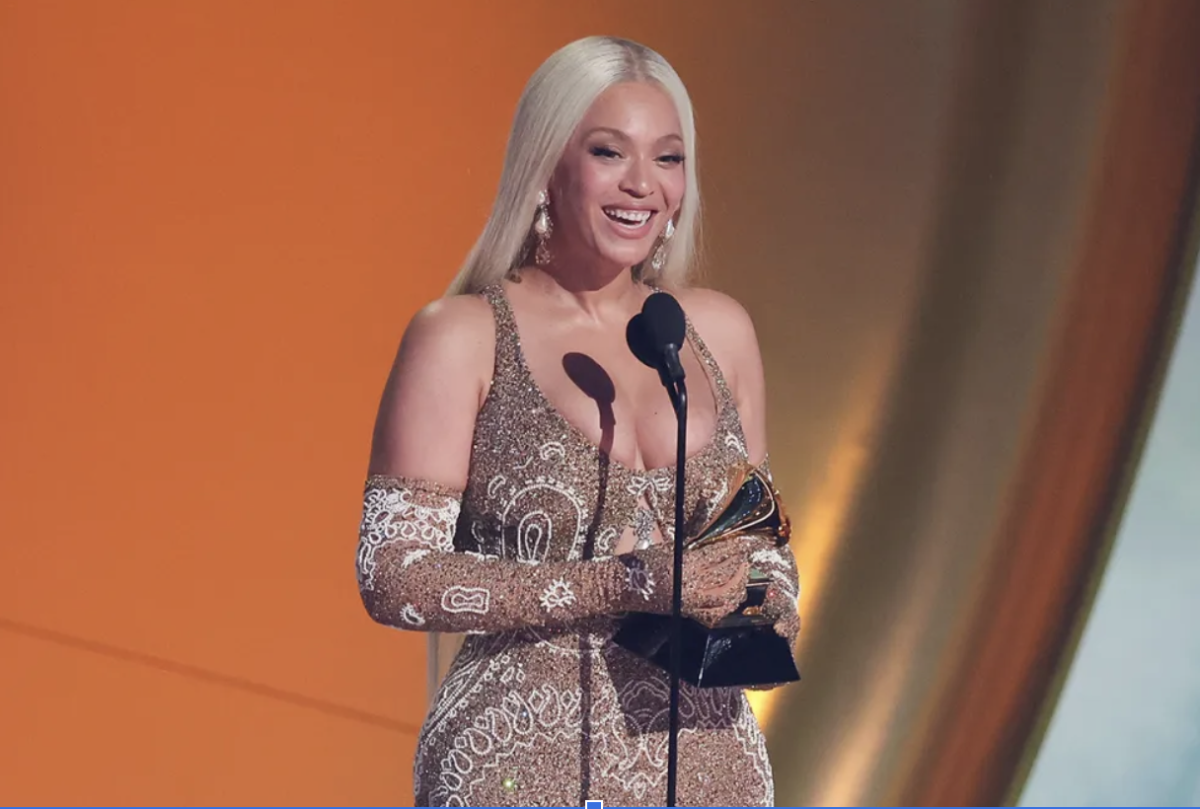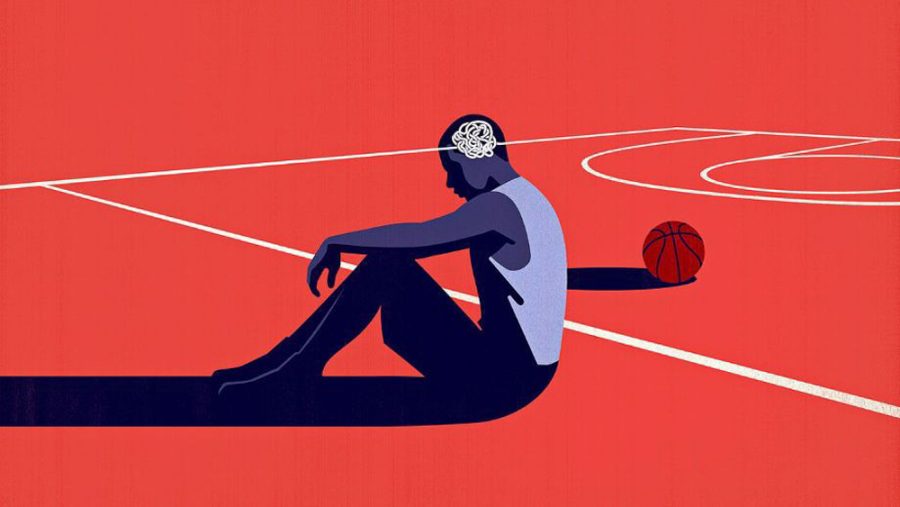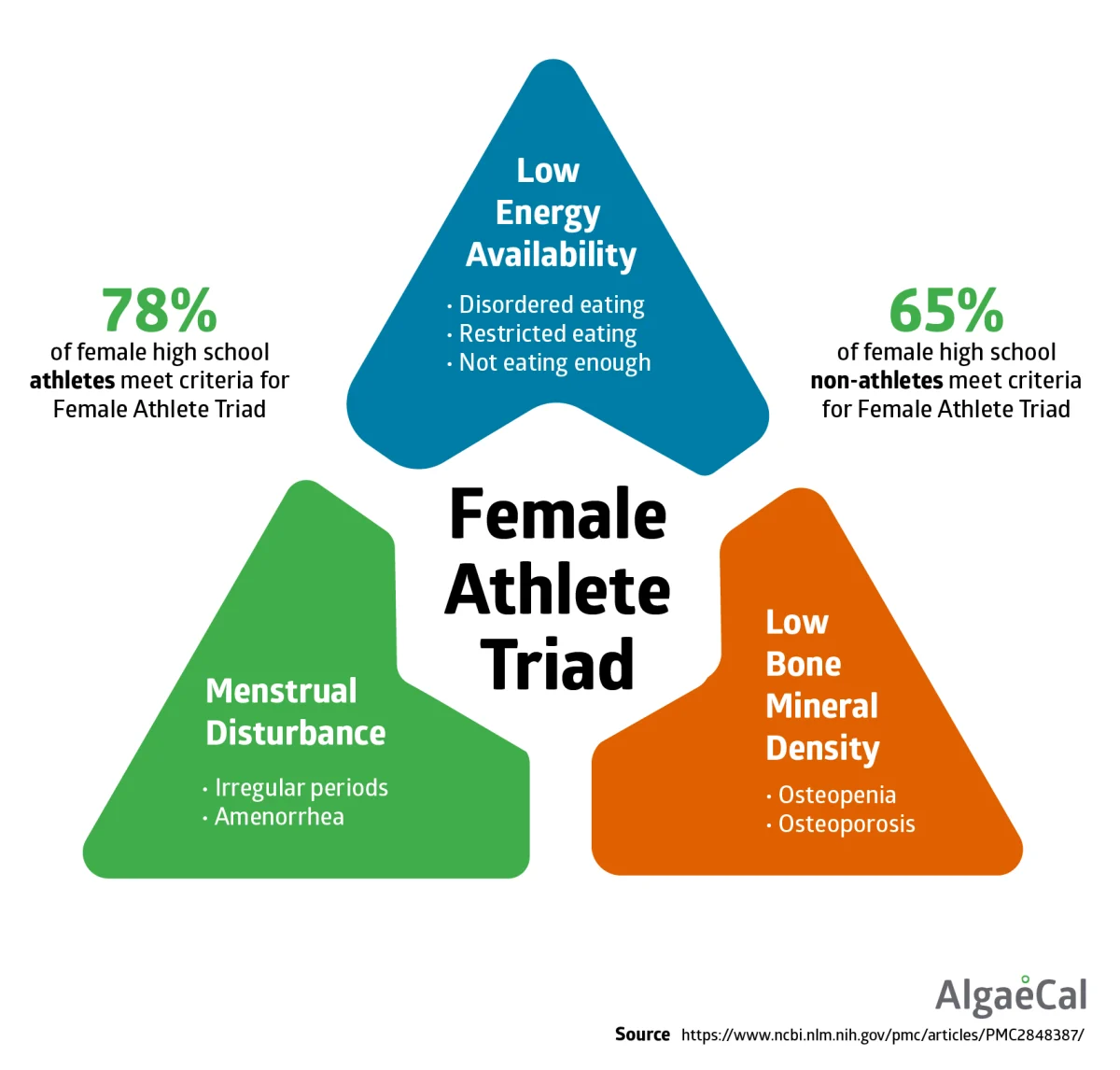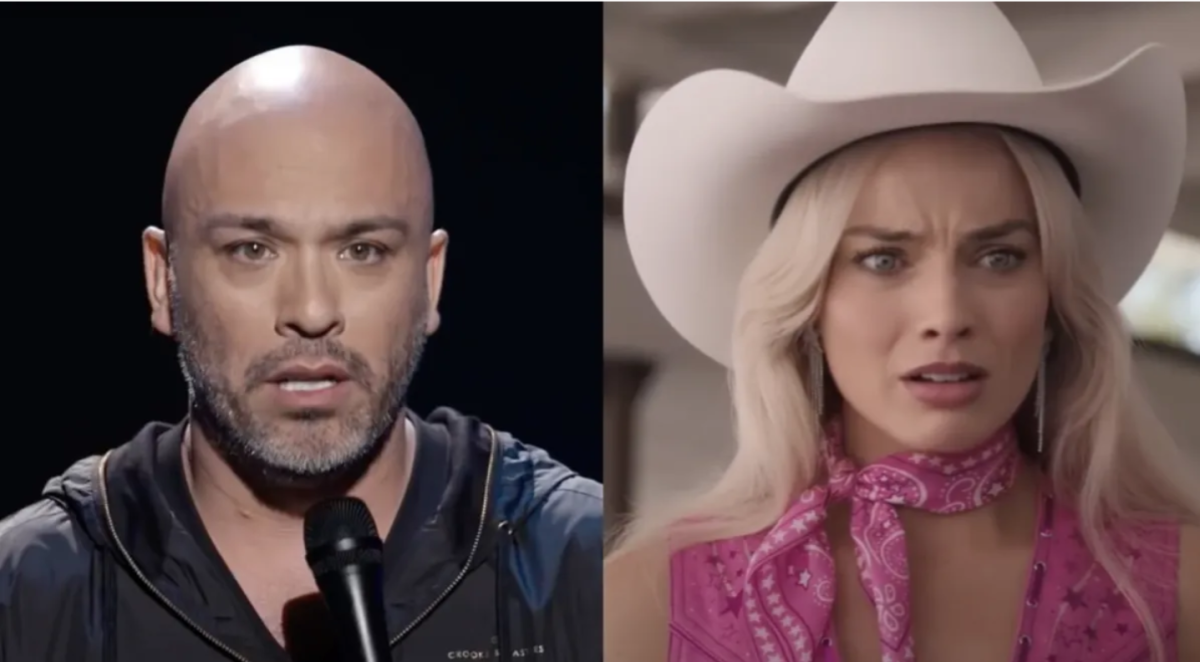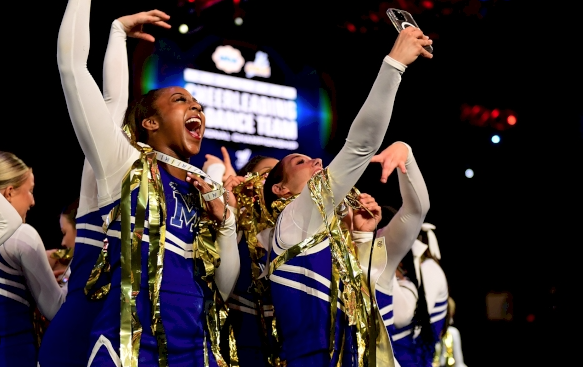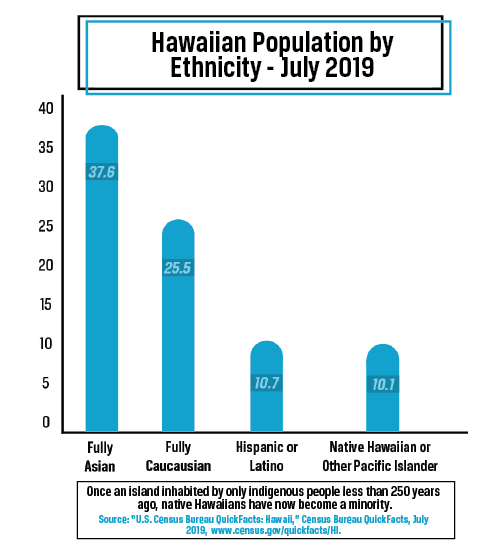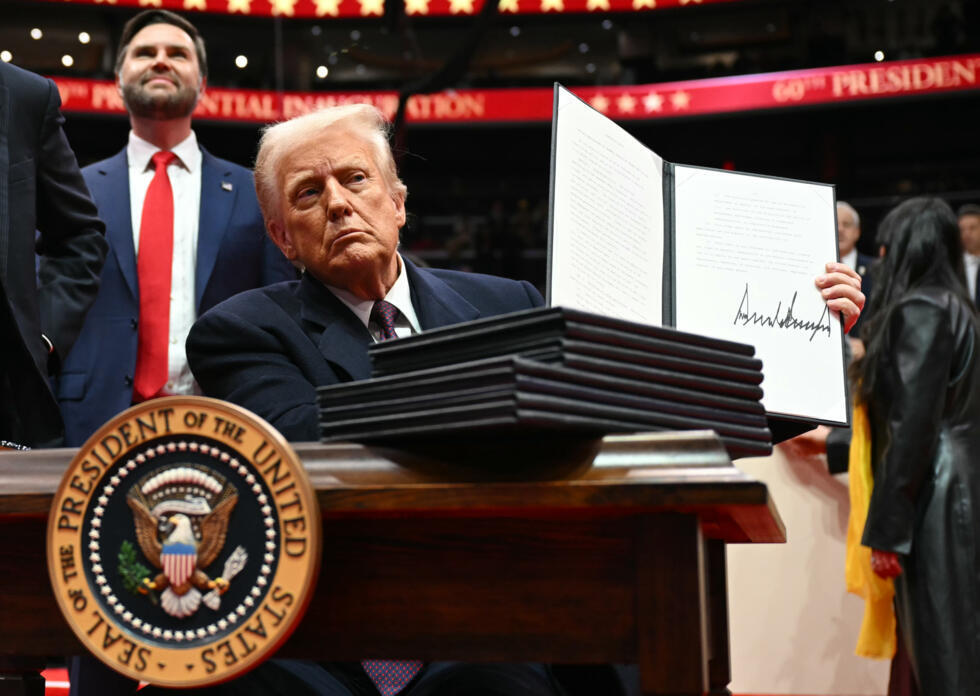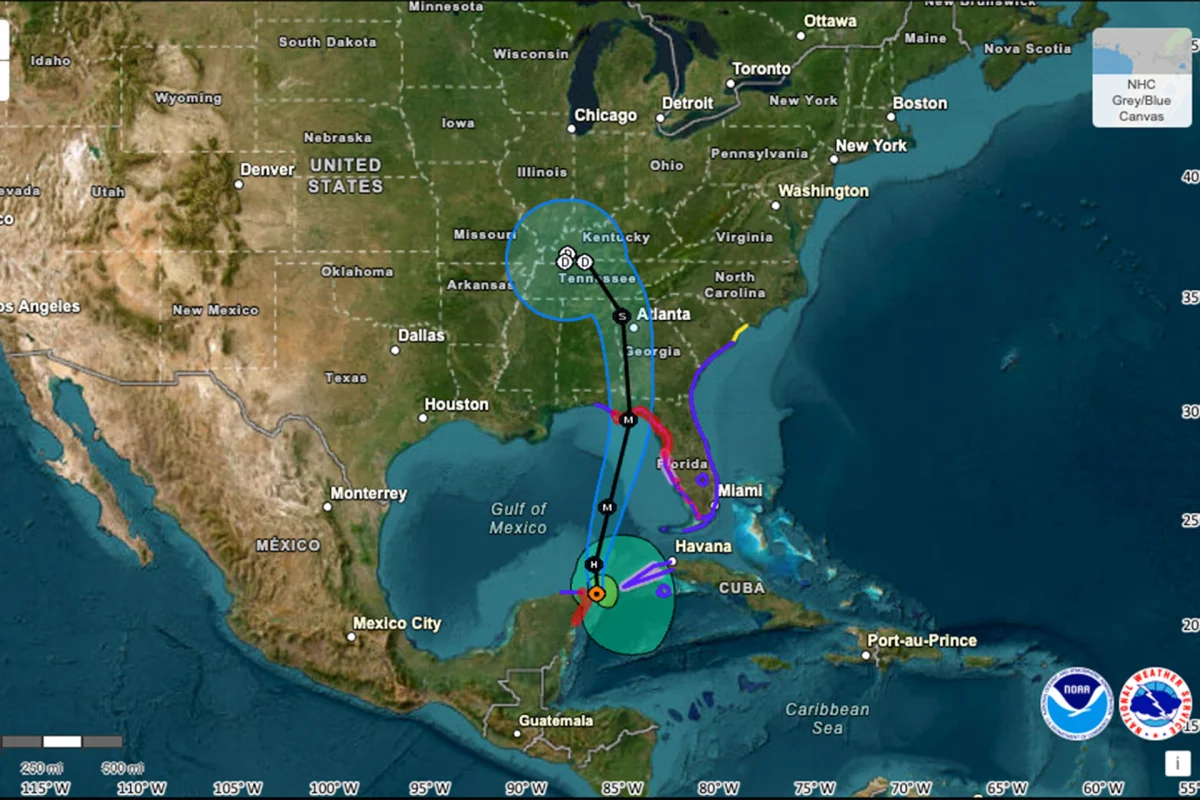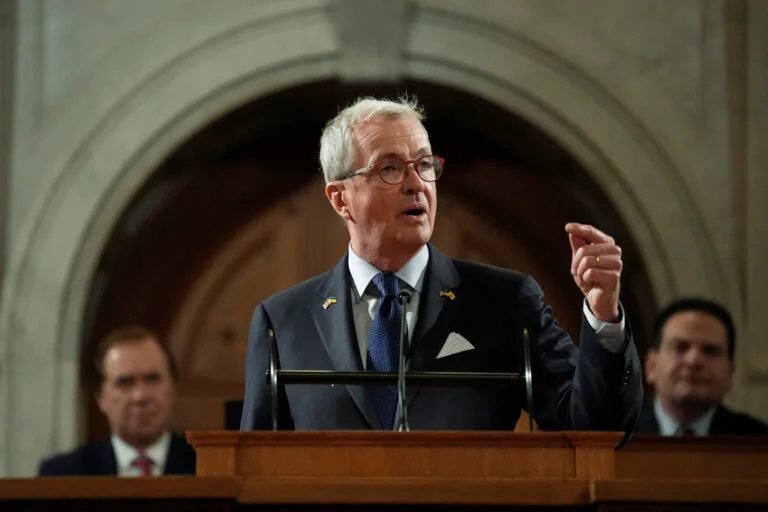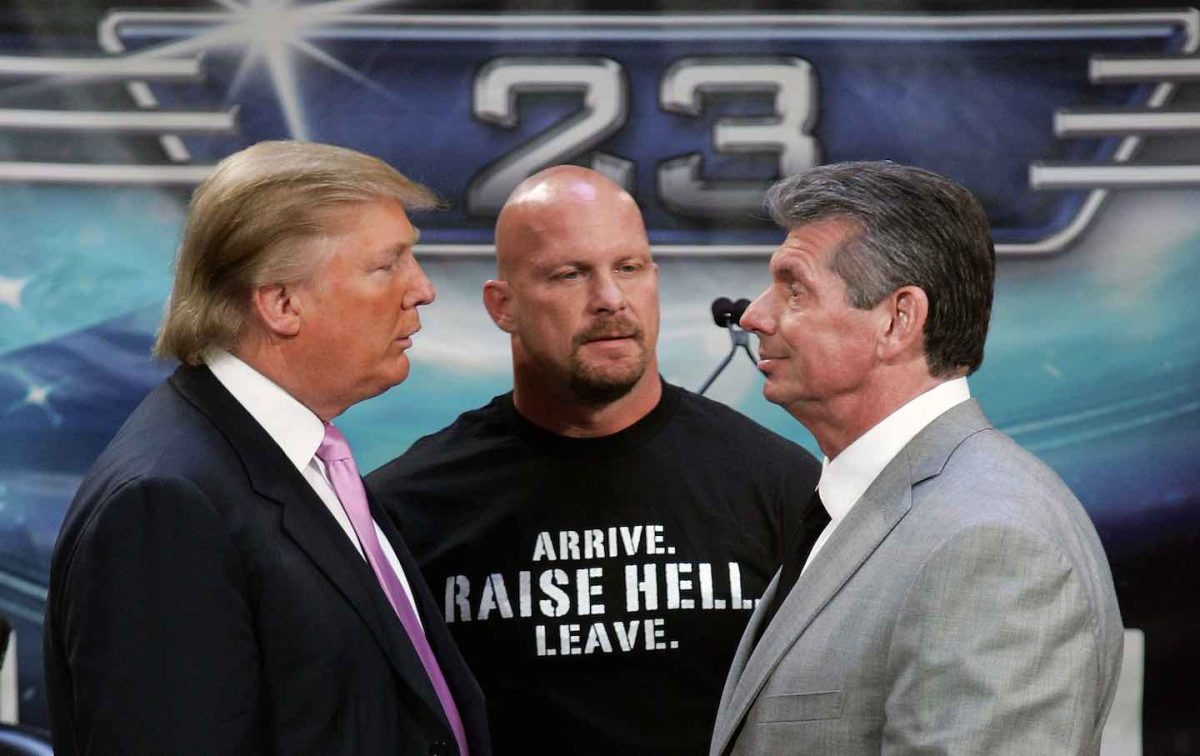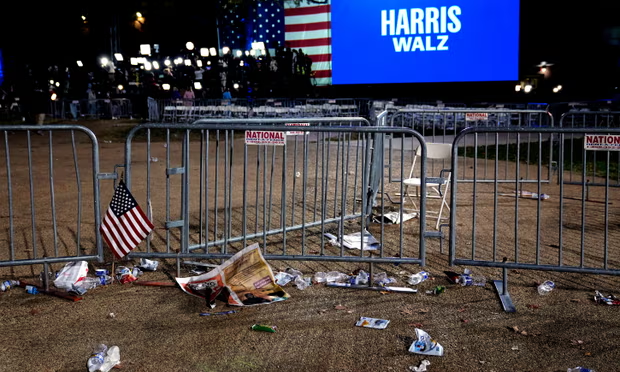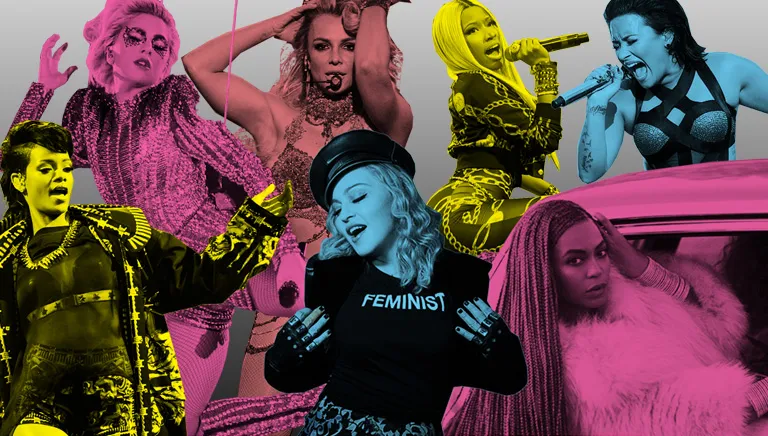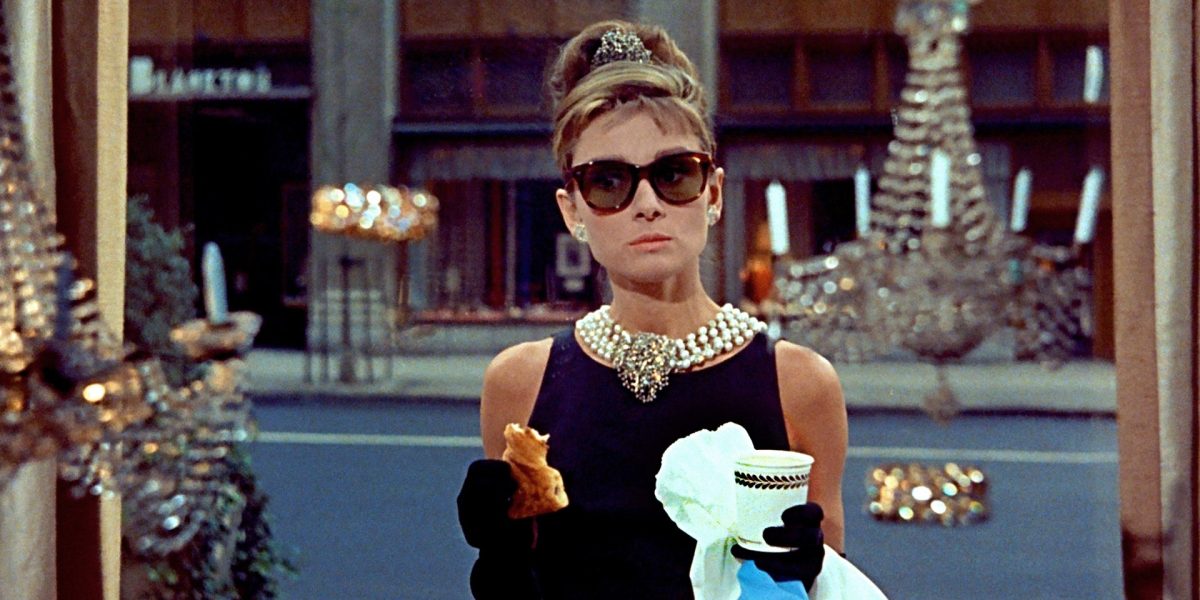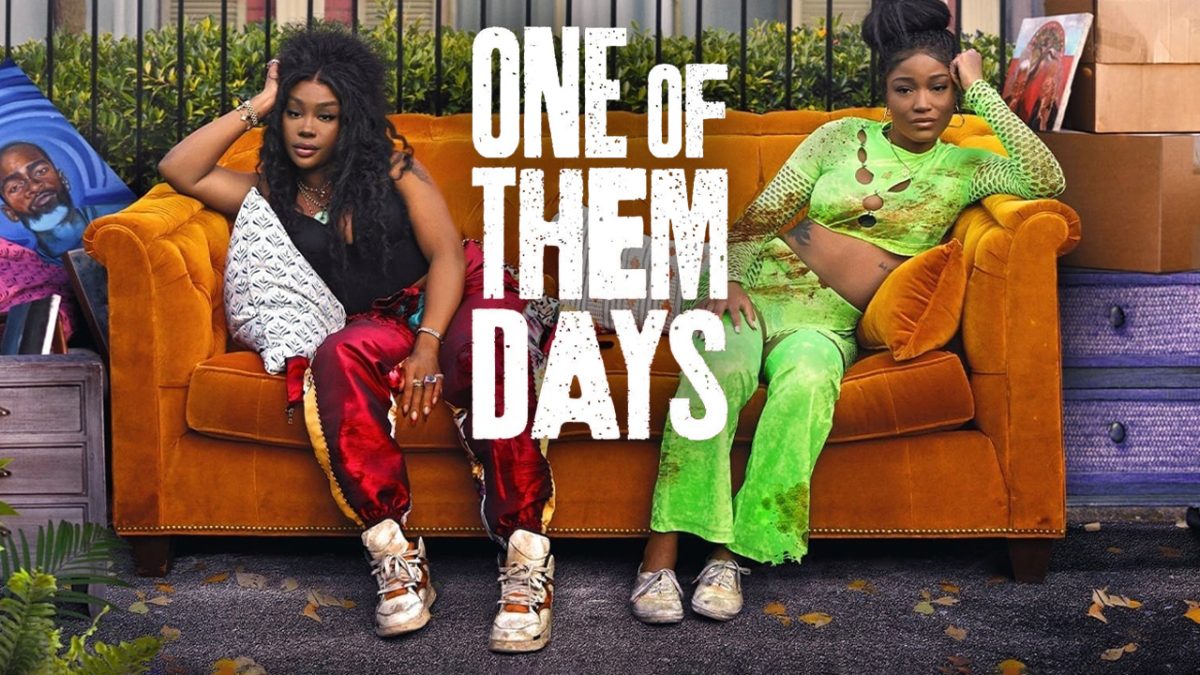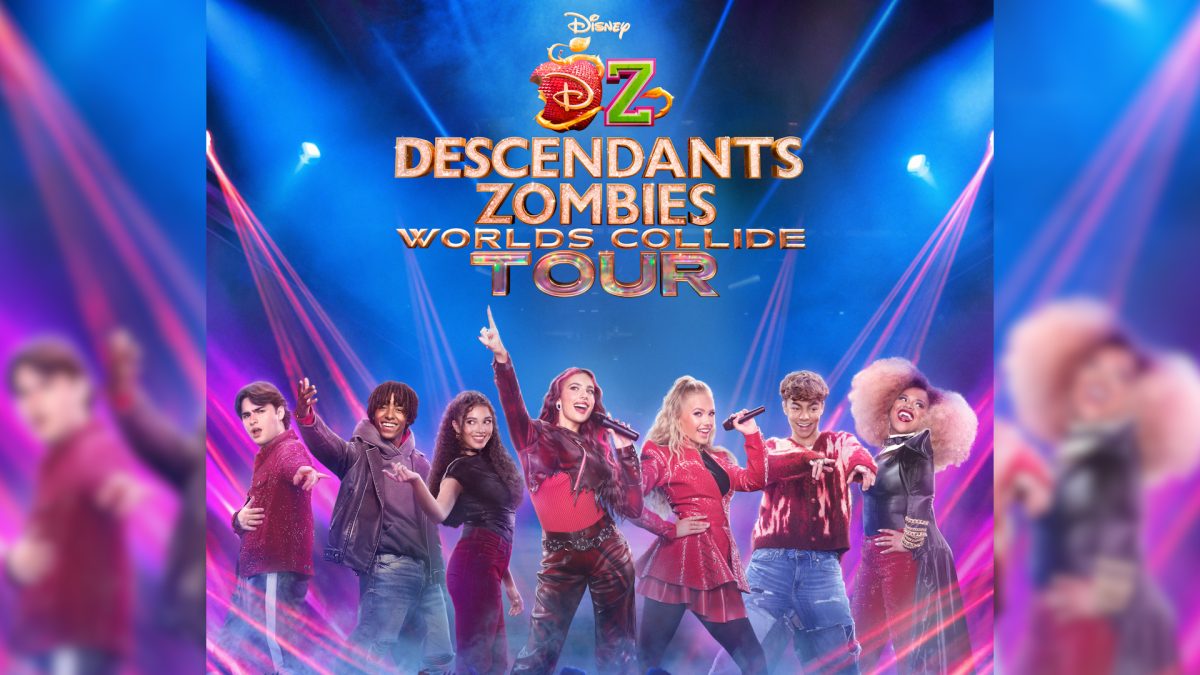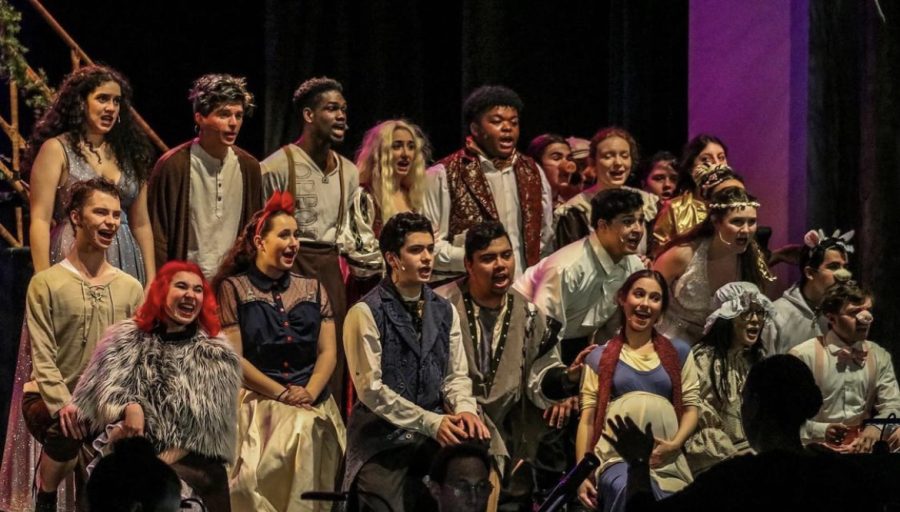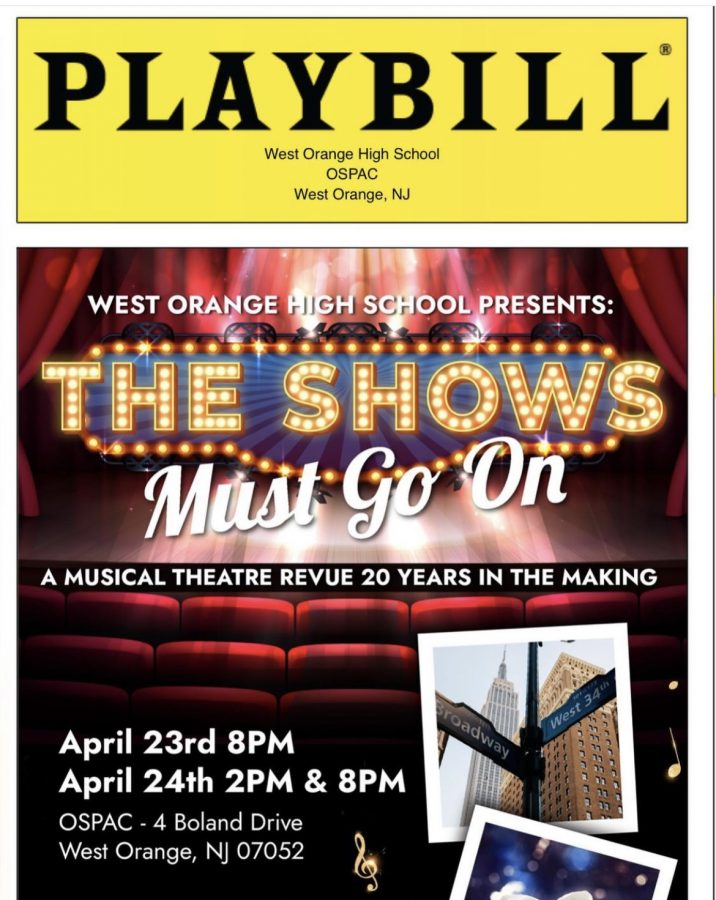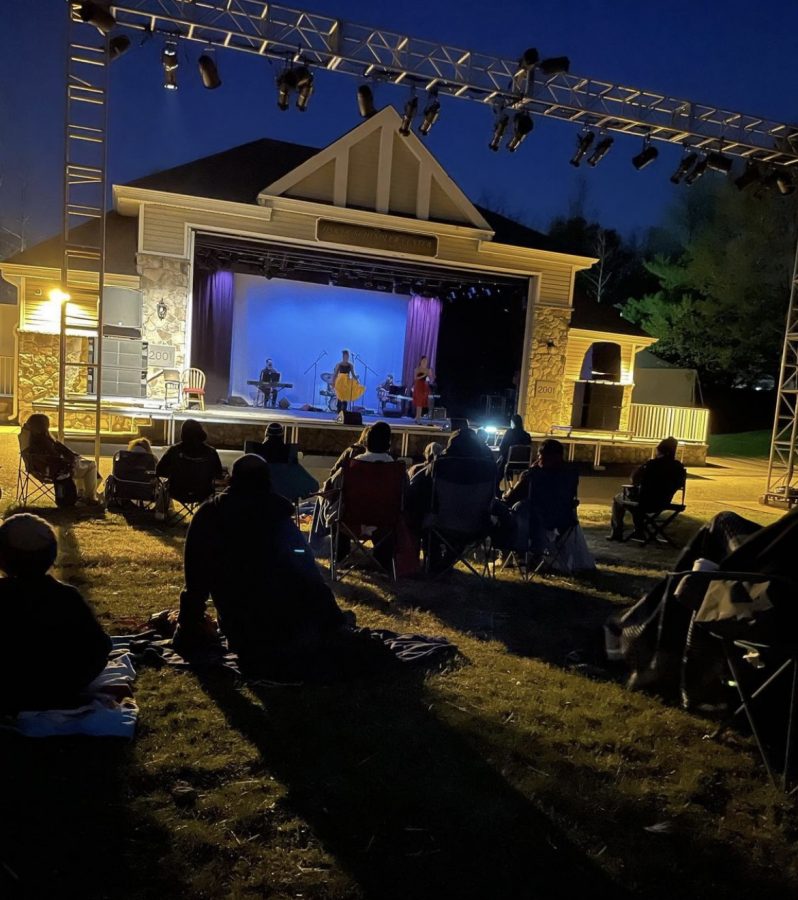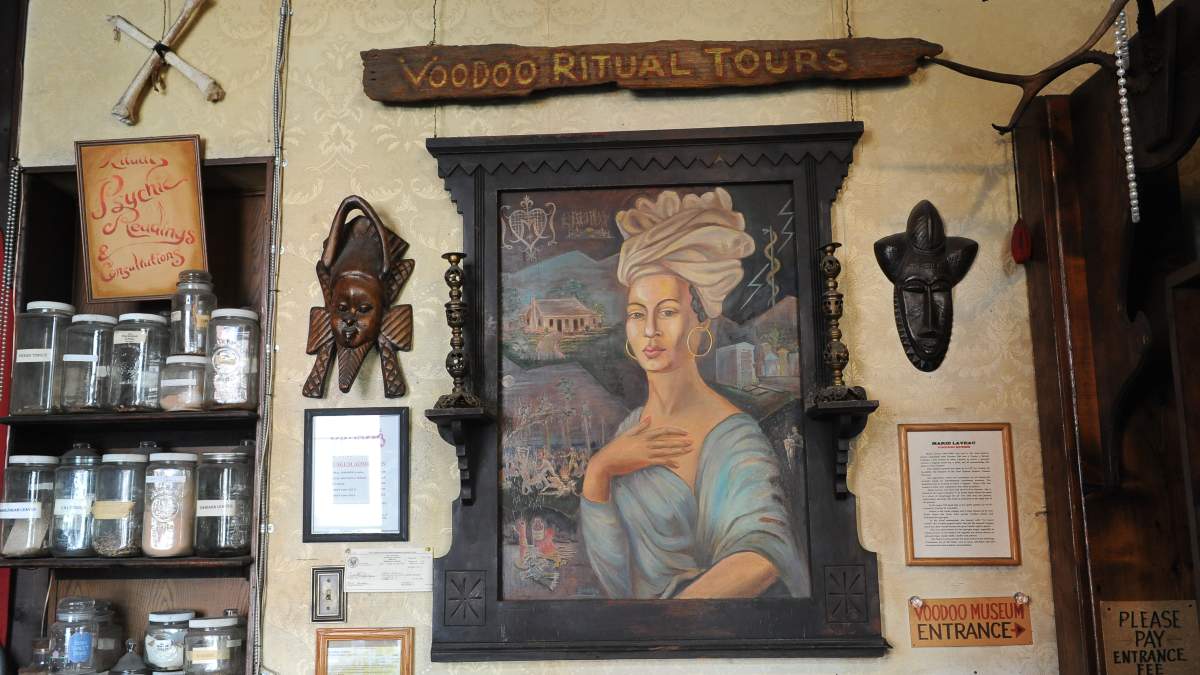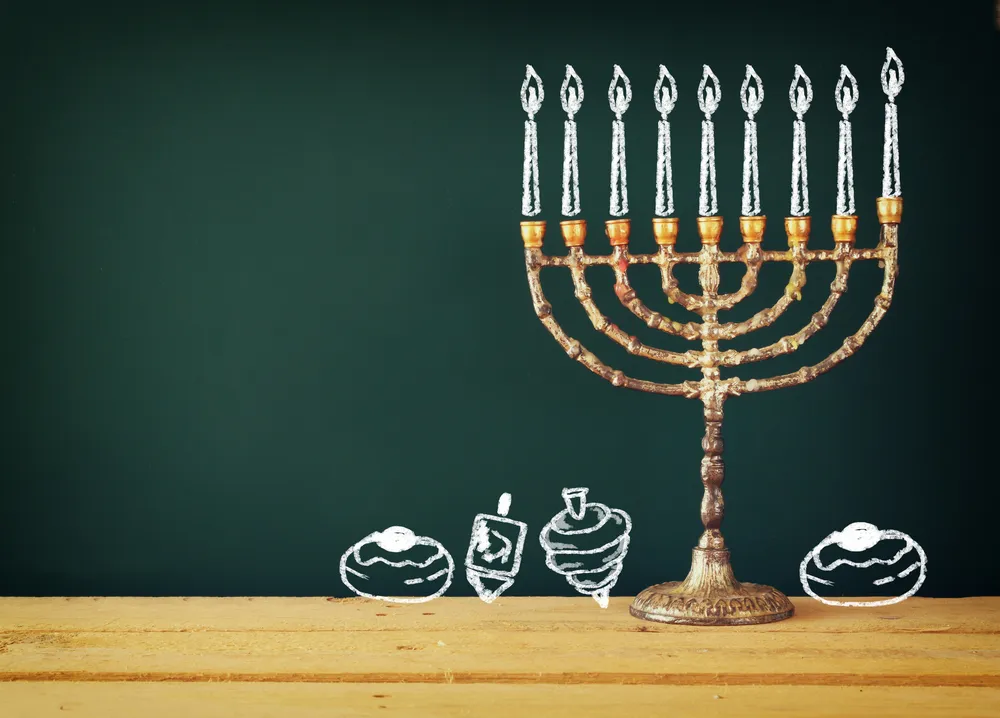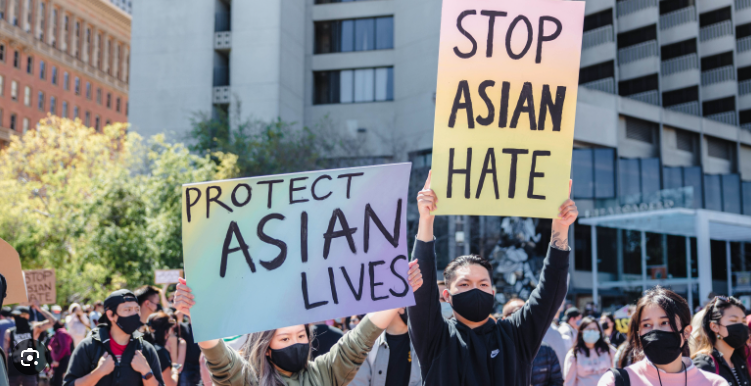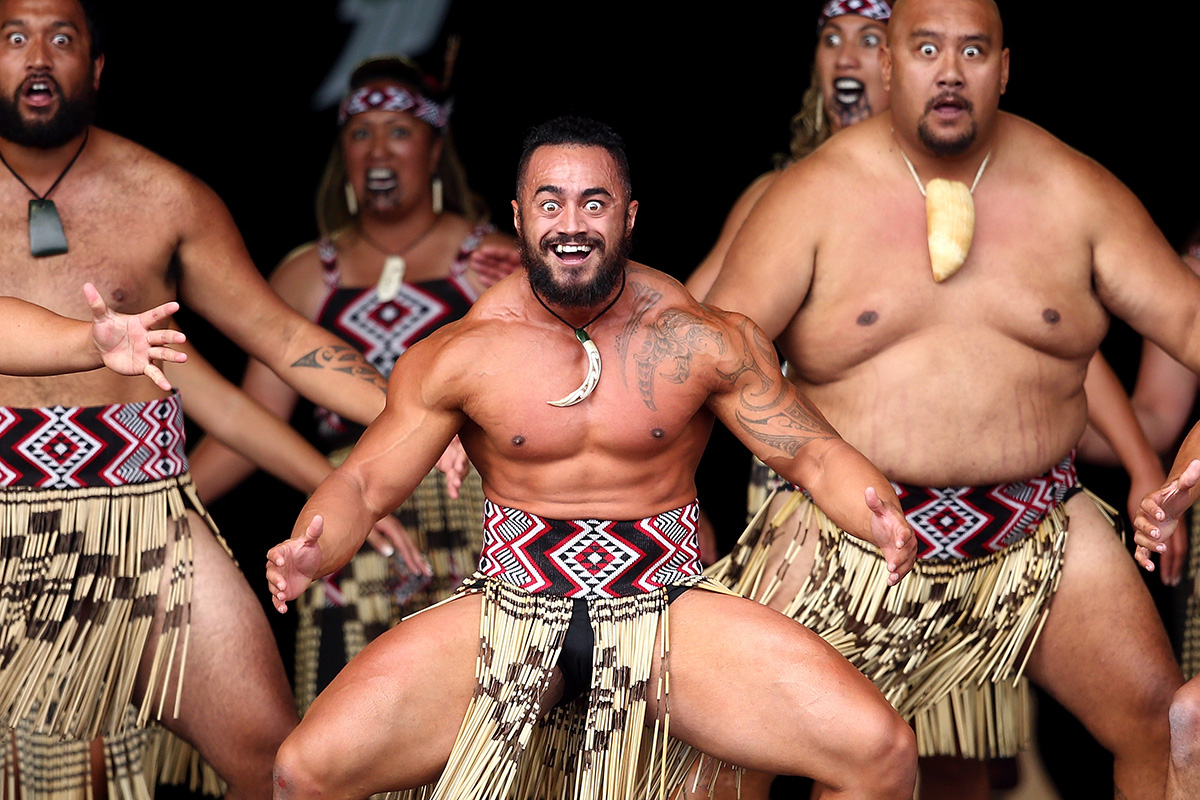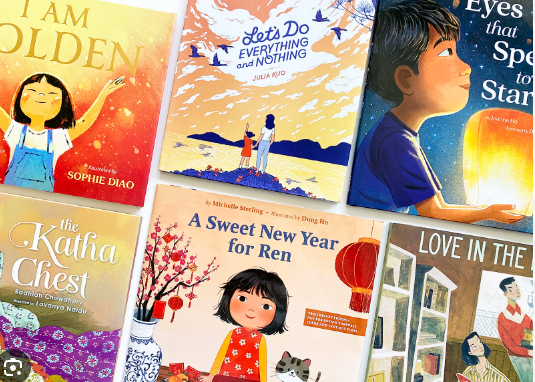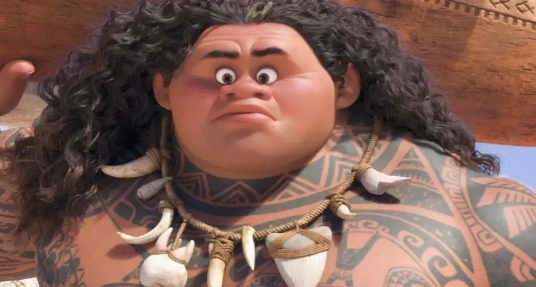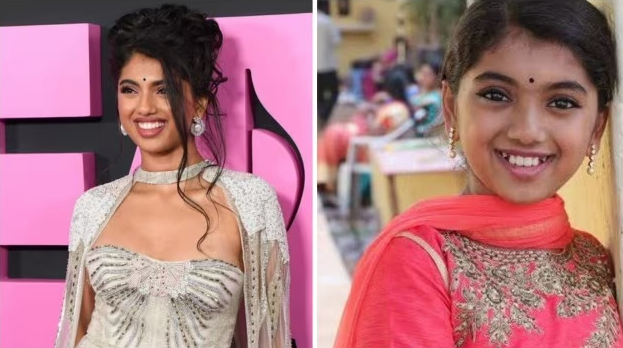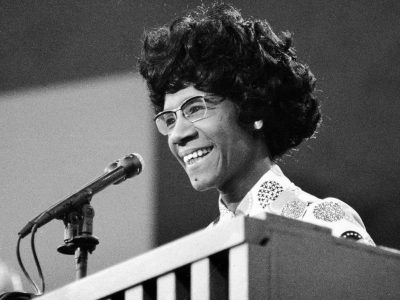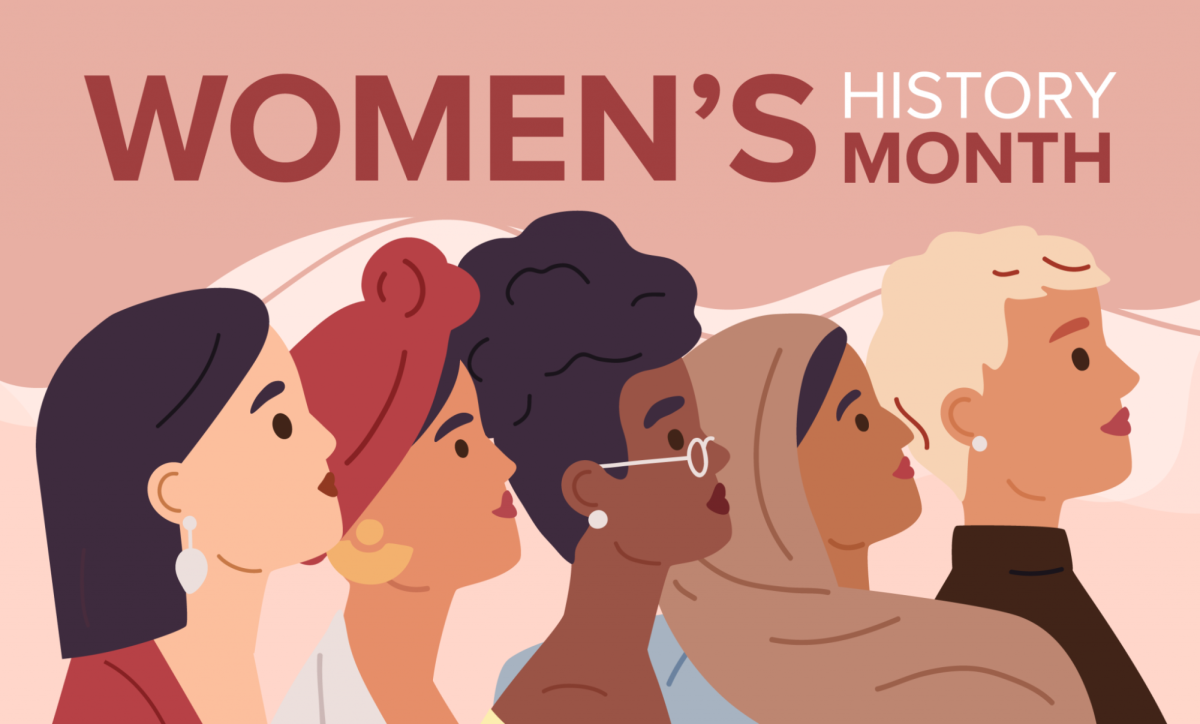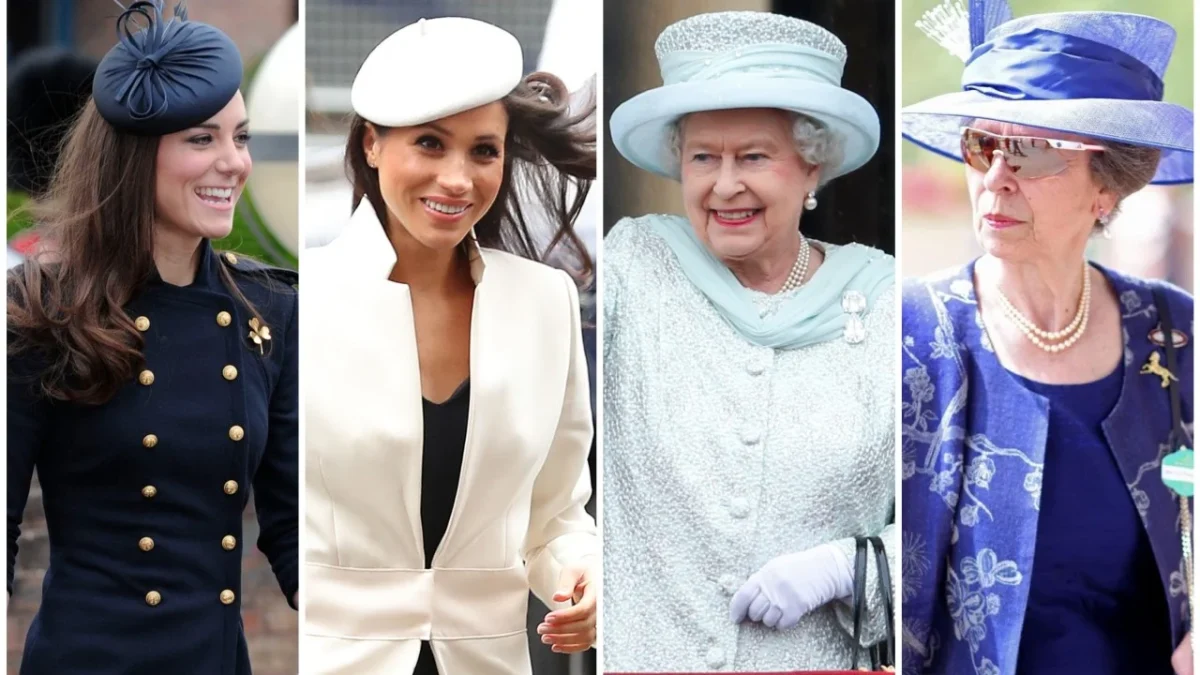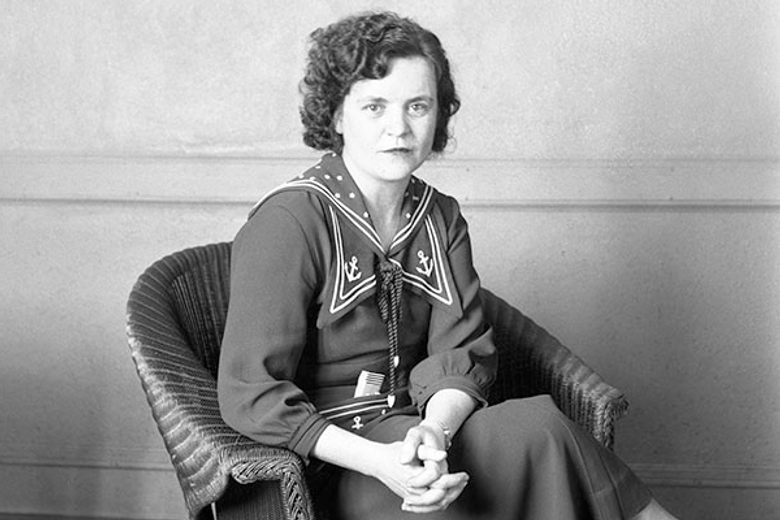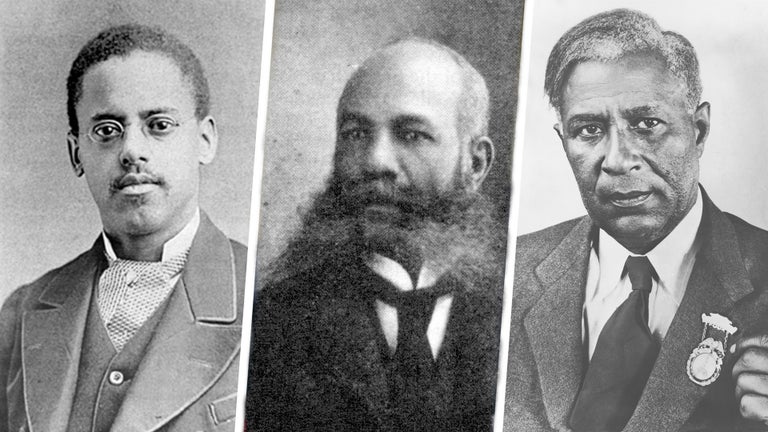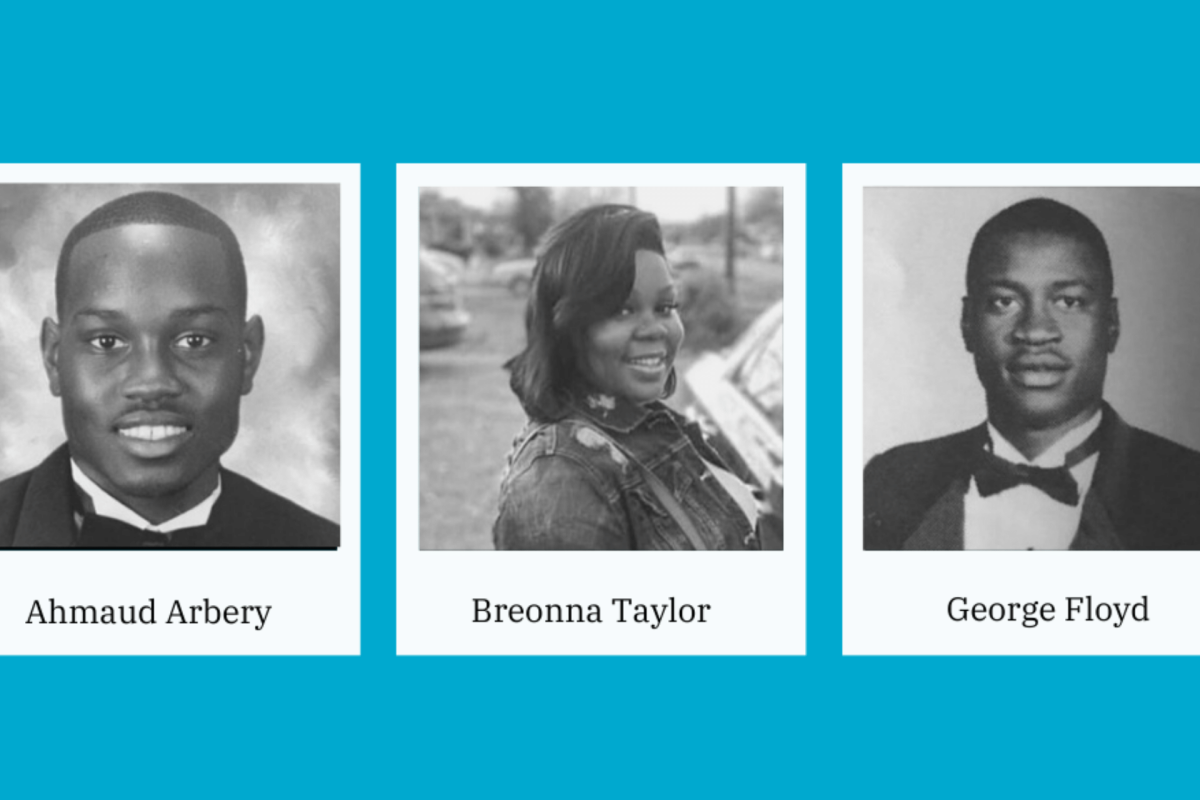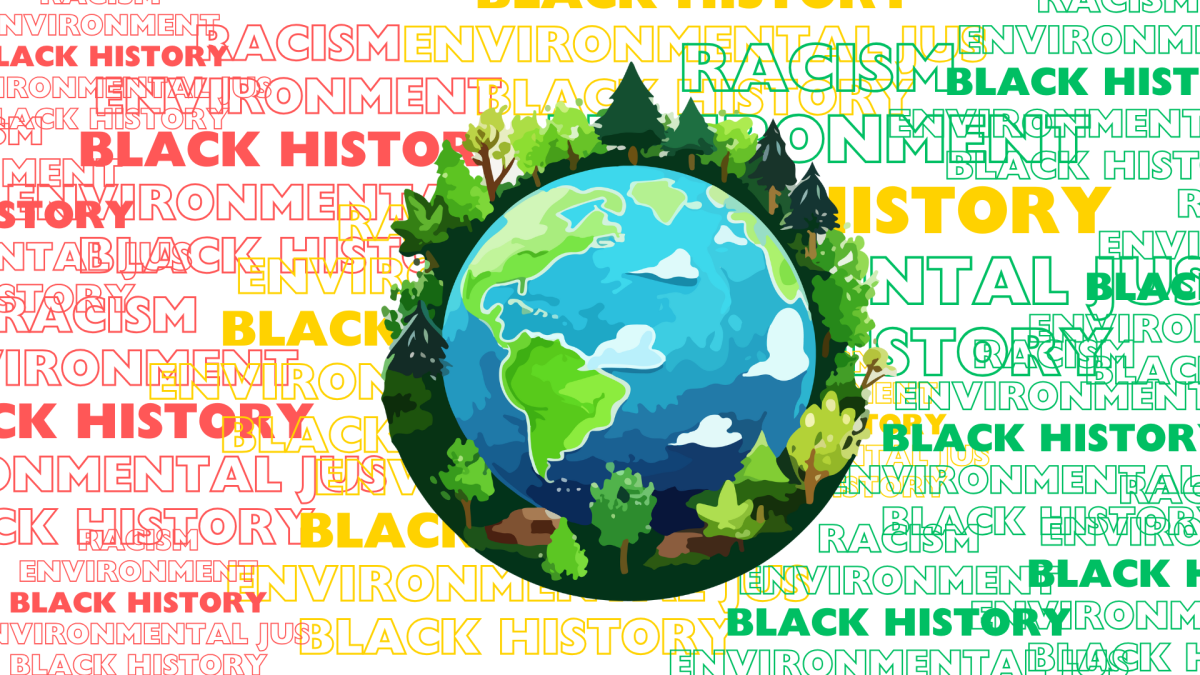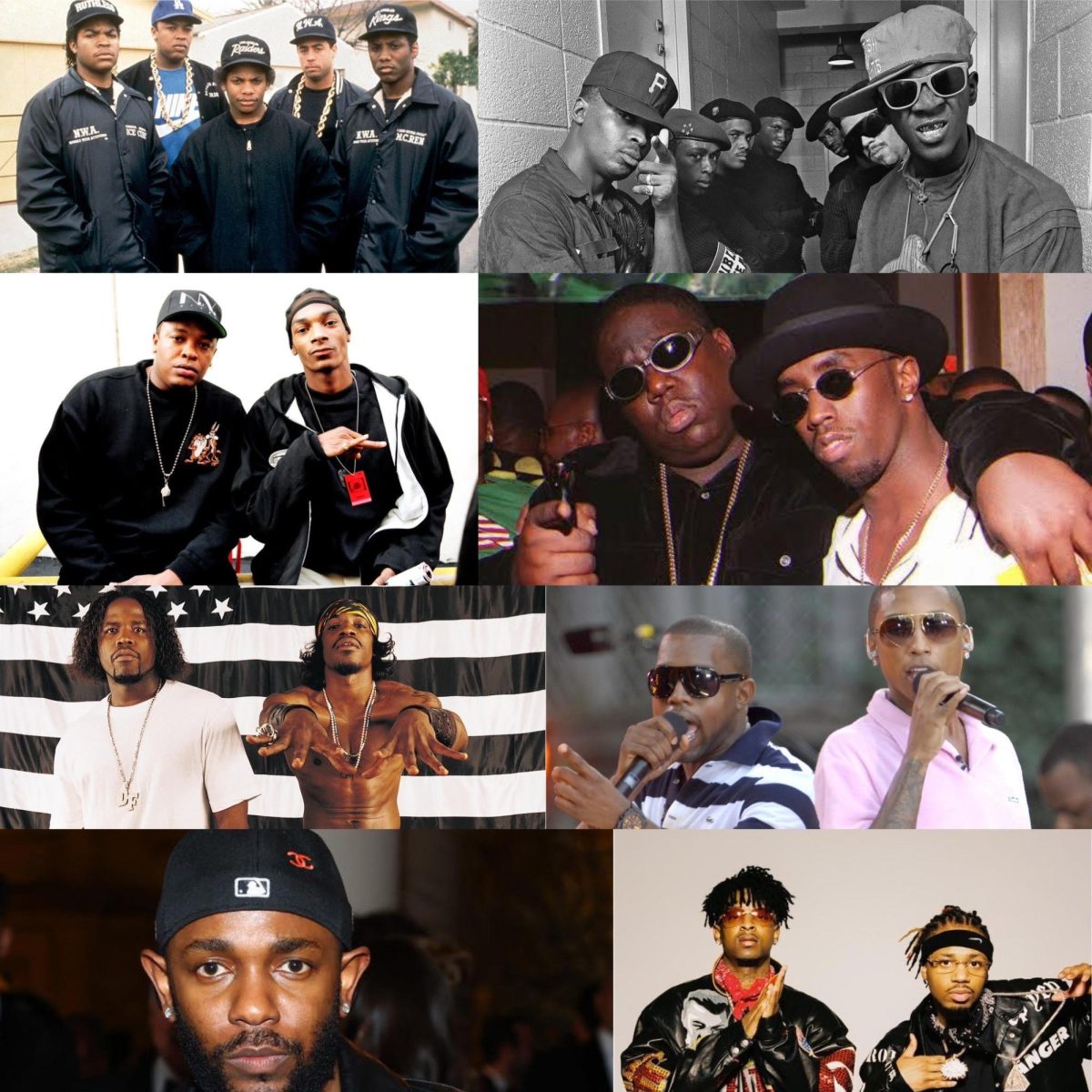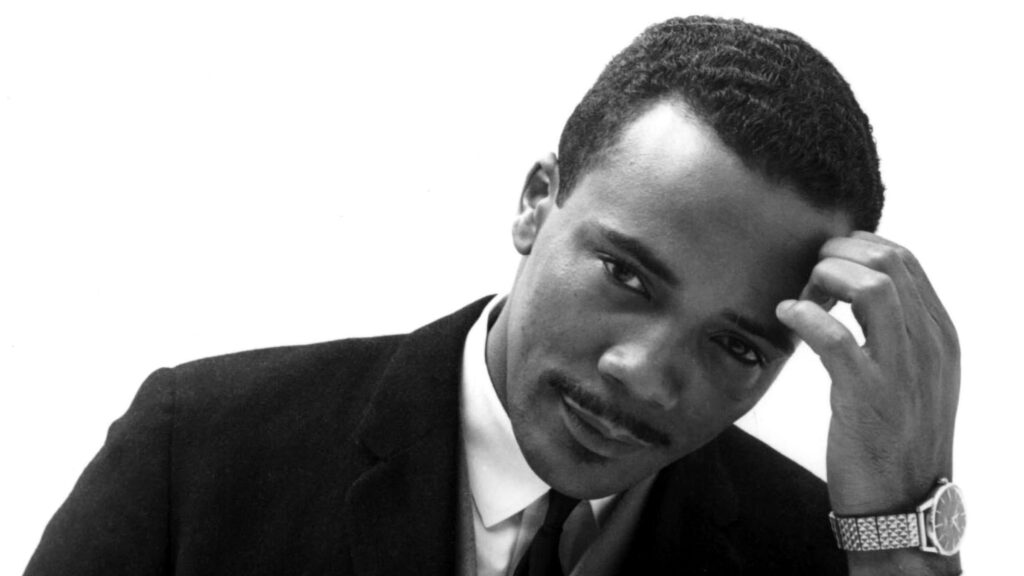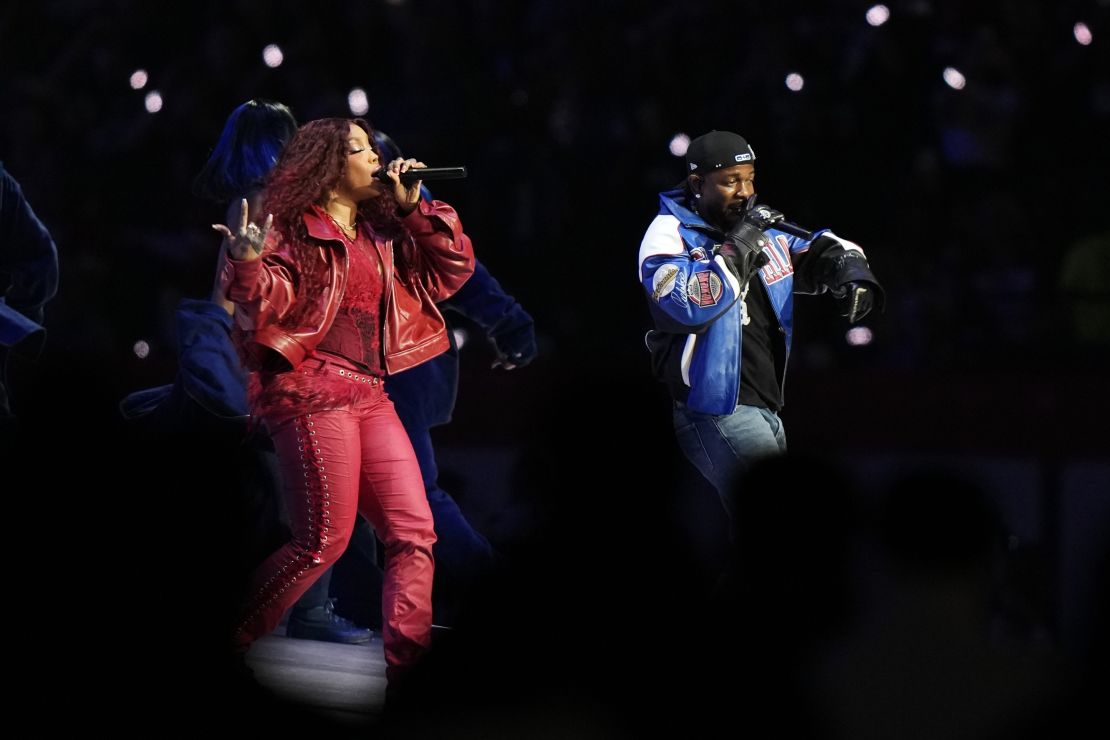Over the past century, African-American people have been a staple in the music industry, specifically in the Hip Hop genre. Even though there have been many non-Black artists that have been successful in Hip Hop, Black people have been the innovators for much of the catalog.
While Hip Hop has been a genre that has been around for over 50 years now, the landscape of the genre has changed quite significantly. Different styles of rapping and production have effectively changed the genre and continue to today.
This article will provide a brief overview of each era in Hip Hop, and how it has changed over the past 50 years. The article will also touch on how the corresponding societal issues from each of these times have affected the genre going forward.
1980s – The Golden Age
The 80s were an ever-changing time for many people, and for music as well. After the popularity of Disco died out, hip-hop became the next source of dance and party music. At the start of the 80s, many of the hip-hop hits were byproducts of disco, but still provided the blueprint for hip-hop music moving forward. Many of them come from The Sugarhill Gang, and Grandmaster Flash & The Furious Five.
By the time the late 80s rolled around, hip-hop became a form of music to express feelings on political and societal issues. This was displayed by two notorious groups, N.W.A., led by Ice Cube, Eazy-E, and producer Dr. Dre, and Public Enemy Front led by Chuck D and Flavor Flav.
Both groups incorporated an aggressive style of rap while speaking on racial issues affecting African Americans during the time period. Both display how hip-hop could be used as a platform to talk about bigger issues, which shifted the entire landscape of the industry going on.
1990s – The Hip Hop Renaissance
After N.W.A and Public Enemy, many artists were inspired to replicate their aggressive style, eventually becoming known as Gangsta Rap. The two leading rappers from this era were 2pac and The Notorious B.I.G, both being from New York but eventually representing the West Coast and East Coast respectively.
Their history was long and tumultuous, eventually leading to the death of both rappers. 2pac specifically being known for talking about politics in his music, and the effect LA police had on African Americans. The rivalry between Death Row Records, founded by Marion “Suge” Knight, and Bad Boy Records, founded by Sean “Diddy” Combs also coincided with the East and West Coast rivalry.
Other than Gangsta Rap, there was also another subgenre coming from the West Coast, coined G-Funk. Started by Dr. Dre of N.W.A., the sound of this genre came from many Funk songs and artists from the 1970s. Dre specifically being influenced by George Clinton and Parliament and Funkadelic. Some acts that came out of this genre were rapper and famous figure Snoop Dogg, Nate Dogg, and rapper/producer Warren G.
On the East Coast, there were also many other unique styles of Hip Hop. This included Boom Bap, a choppy style of rap pioneered by New York rapper Nas and producer DJ Premier. Additionally, a more laid-back, mellow type of hip hop was introduced by New York group A Tribe Called Quest, who were notable for their live instrumental production.
During the late 90s, many figures in the industry were making their start. This included Atlanta duo Outkast, Virginian rapper Missy Elliot, and multi-Grammy-winning producer Timbaland, who worked with Elliot on many of her songs.
2000s – A Second Renaissance
By the time the turn of the century occurred, another breakthrough of brand new and fresh Hip Hop music came to be. This was noted by the rise of producer and public figure Pharell Williams, his production group The Neptunes, and the rise of a Virginian sound. Williams already produced for many artists in the late 90s, but he finally hit his mark in the 2000s.
Soon, The Neptunes not only became one the biggest production groups in hip hop but also in other genres of music during the 2000s. They produced for artists such as Clipse, Kelis, Justin Timberlake, JAY-Z, Britney Spears, Gwen Stafani, and many other artists.
Another notable rapper and producer from the 2000s was Kanye West. West’s signature style was labeled “Chipmunk Soul” which involved pitching up vocals and instrumentation on an old soul/R&B sample and using that as the basis for production.
Though West started producing for major artists before even releasing a studio album, after he was signed to JAY-Z’s record label and releasing his debut studio album, The College Dropout, West became a top producer in the hip hop and R&B industry, producing dozens of songs for multiple artists throughout the 2000s.
Some other artists also had their peak in the 2000s, such as the previously mentioned multi-Grammy award-winning rapper JAY-Z with his album, The Blueprint. Also, long-time producer Timbaland and frequent collaborator of his, Missy Elliot made their mark.
Another notable name in this era was the previously mentioned Outkast. Their 4th studio album, Stankonia, became their first commercially successful album, with hits such as “So Fresh So Clean” and “Ms. Jackson”. Their unique brand of triplet-style rapping became very notable and influential for most of the future Southern rap.
2010s – Rise of Pop and Trap Rap
After the second Renaissance in the 2000s, a new crop of artists started to appear in the industry. However, there were still many artists that carried over, including Kanye West and New Orleans rapper Lil Wayne.
Wayne’s Cash Money Records brought new talent into the spotlight, with two notable names being Canadian rapper Drake and Nicki Minaj. Drake specifically has released many classic albums during this decade, including Take Care and Nothing Was The Same.
But, arguably the biggest rapper from the 2010s and one of the greatest rappers of all time is Compton’s Kendrick Lamar. Lamar has released both critically and commercially acclaimed albums during this time, combining efficient rapping with masterful storytelling on multiple albums. In his album To Pimp A Butterfly, Lamar draws many influences from jazz and speaks on many problems affecting African Americans, very similar to his idol 2pac.
The late 2010s then saw a rise in a new sub-genre of rap, known as Trap music. This sound was pioneered by many southern rappers, such as Atlanta rappers Future and Young Thug, and Houston rapper Travis Scott, a disciple of Kanye West. Specialized for its heavy snares and booming 808s, this sub-genre revolutionized the hip-hop genre and brought on many new acts from the South specifically. Some other artists also included 21 Savage and friend and Grammy-nominated producer Metro Boomin.
The 2020s – The Present State
At this moment, Rap has still been ever-changing and is now arguably the most popular genre of music. Kendrick Lamar and Drake have still been influential in this decade, by releasing classic albums and having a longstanding beef between one another.
Future and Metro Boomin have still been dominant in the rap industry, releasing two collaborative albums “We Don’t Trust You” and the sequel “We Still Don’t Trust You”. Both albums are key sources in the “Kendrick and Drake Beef”.
Alternatively, when it comes to younger talent, there has been a rise in Deep South Rap, notably with rapper BigXThaPlug. Using his Texan accents and slurring to his advantage to create a voice that is ear-catching.
The 2020s also saw a rise in Drill Music, a genre that consists of a tight beat with dance rhythms that became popular in New York thanks to rappers like Pop Smoke.
Alternative rap is still relevant today, with the frontrunner being JPEG Mafia, whose unique production style is very reminiscent of rapper and producer MF DOOM.
Conclusion
Furthermore, there is so much more history with the hip-hop genre that effectively has changed the genre forever. There are so many artists, producers, and executives who have been key in the hip-hop industry. But even without mentioning them, it is important to recognize how much hip hop has had not only on African-Americans but on everyone around the world.
